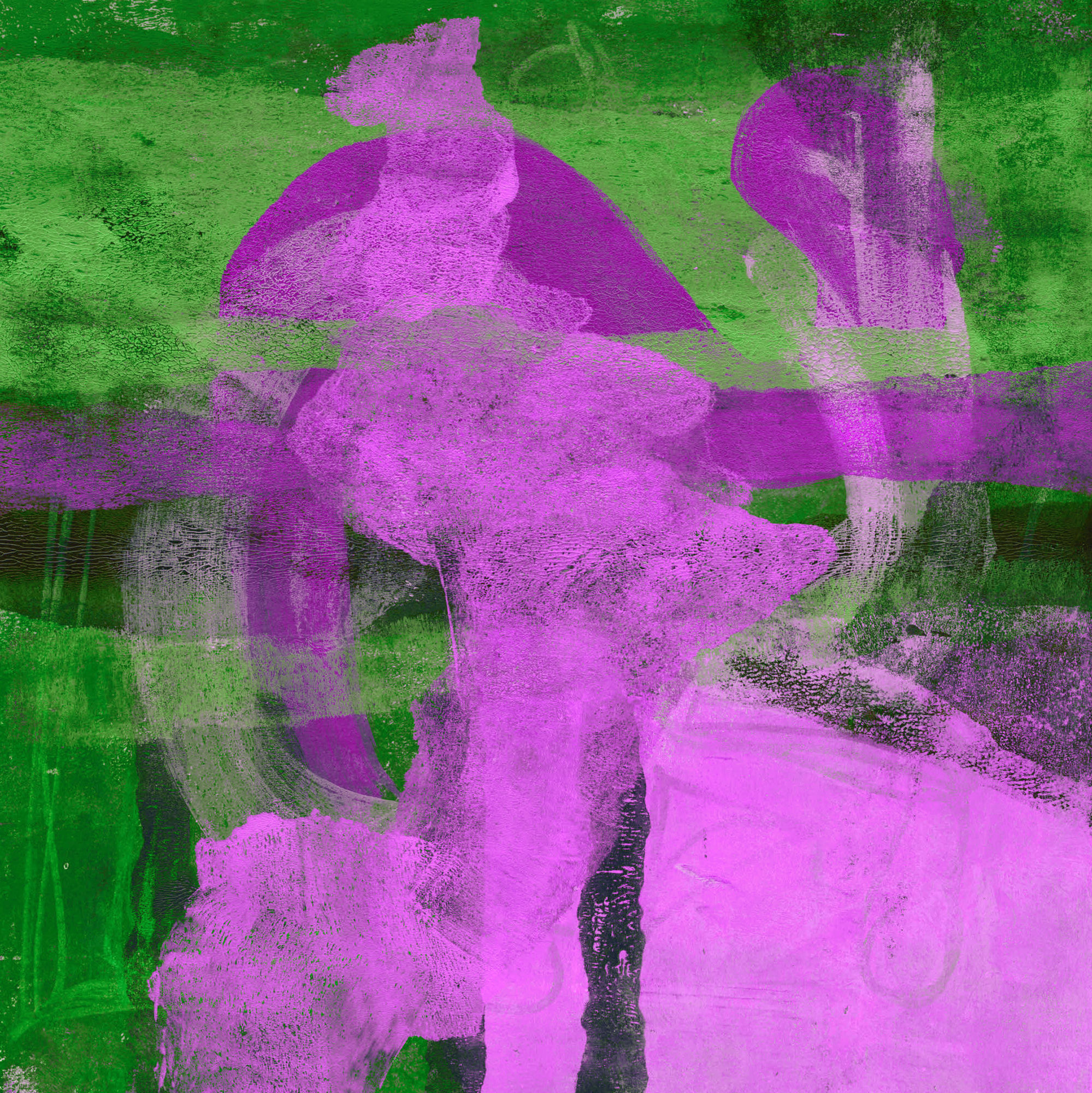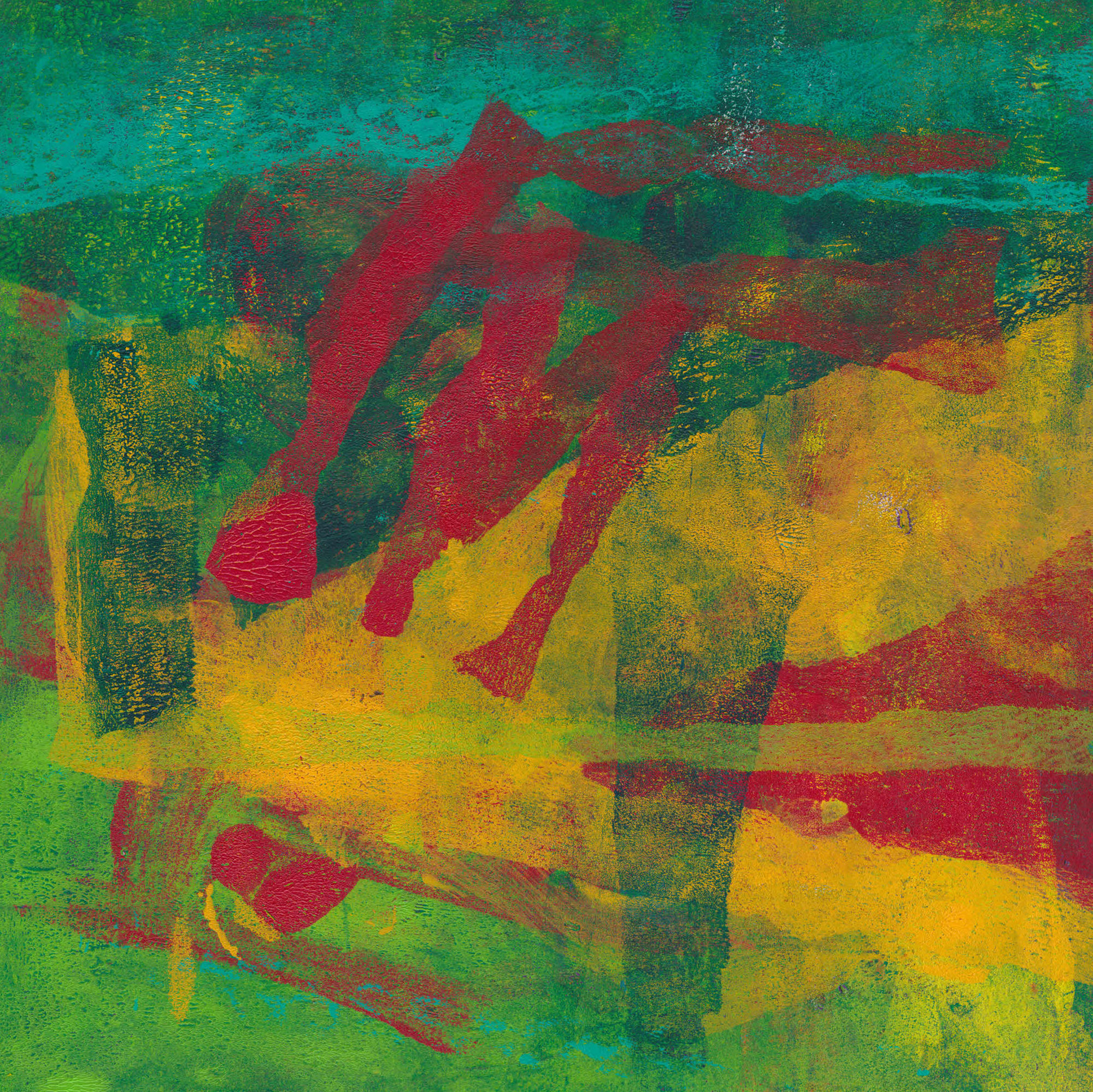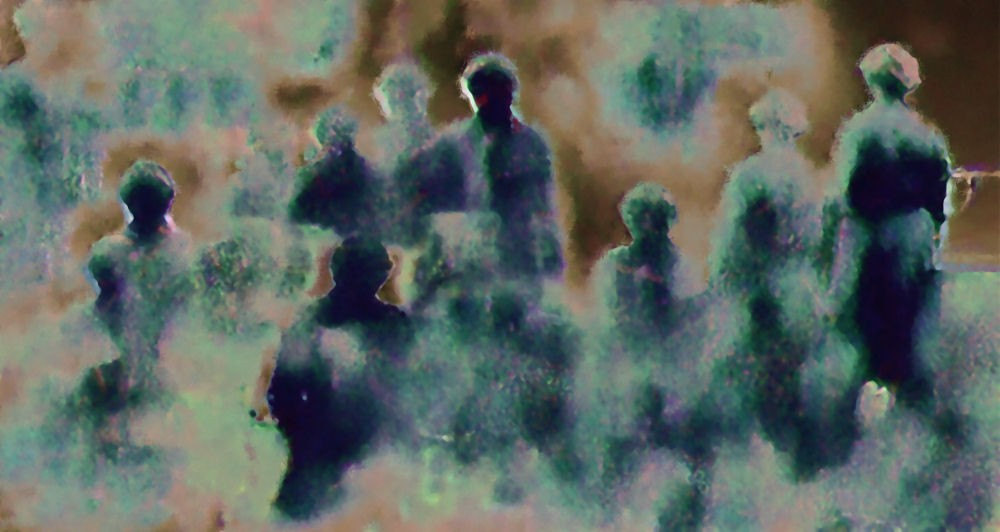
How do you price your work?
Pricing of work seems to be one of those black arts with no definitive answer. It should go without saying of course that you need to cover the cost of your materials. Beyond that, go on any art based forum, and you will find a myriad of answers. I’m going to stick my neck out here and say that most of these are simply wrong, especially in the handling of profit.
Artists in particular seem to think that the art business is somehow different to mere commerce. They are wrong. Artists need to eat just as much as car mechanics or window cleaners.
Profit
Let’s start by looking at profit. The key mistake, made by many, is to think that profit is the same as income. It isn’t. You will often see statements to the effect that profit is the money you have left after paying for business expenses. From income, you pay your personal costs – food, rent/mortgage etc. It is the wage you take from your business, just as much as the wage you would be paid as an employee. Wages are an expense of business, even for a sole trader. Profit on the other hand is the money you use to build your business – from profit you pay for tools and materials, advertising and promotion, web costs, studio rental. I don’t know why, but for some reason this distinction seems hard to grasp. There is one further complication you do need to be aware of. In the UK, at least, the tax position of sole traders – which is what you would be as a solo artist – does not differentiate between income and profit. This only applies on your tax return. Do not make the mistake of applying the same approach in your accounting practices.
A common response in forums is that if the cost of say a painting is made up from hourly income plus materials plus profit, the final figure will be too high. That may well be true, but if you ignore the difference between income and profit, you may effectively be paying people to take your work…
It is common in start-ups for the business owner not to take an income in early years. They don’t however expect this situation to be permanent. Would you work for nothing for the rest of your life?
So, with that in mind, how do you calculate the price of an art object? That will be the subject of a future post.




























